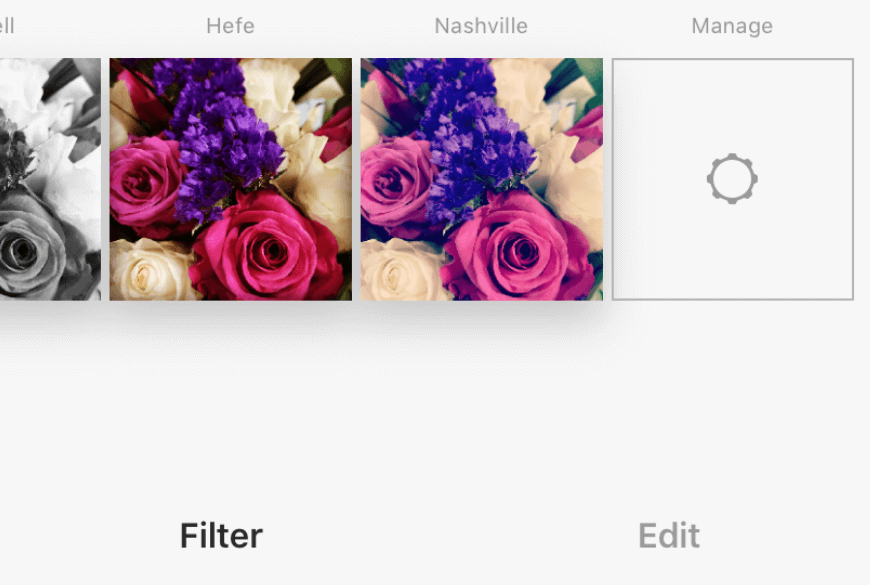Social media is a valuable and popular tool for businesses to market their brand and products. However, with 90 percent of businesses now using social media as a marketing tool, it’s also becoming increasingly crowded. To cut through the ‘noise’ and stand out to target audiences, you must learn how to create a strong brand identity.
In this article, we’ll discuss the importance of having consistent branding across social media platforms. Then, we’ll provide you with five tips for creating and implementing a uniform brand identity. Let’s get started!
The importance of having a consistent brand identity on social media
In short, having a strong brand identity is important because it communicates to your audience the tone and personality of your business. However, to be effective it must be consistent. According to research, consistent branding can increase revenue by 23 percent.
A consistent brand identity across social media channels helps users recognize your brand more easily. Let’s say someone follows you on Twitter. If they search for you on Facebook, and there’s a different profile picture or logo, they may assume it’s a different business. Research has found businesses that consistently present their brand are three to four times more likely to experience positive brand visibility.
Consistency can also strengthen your brand identity by making you appear more credible. Using different tones and styles for each channel can be perceived as disorganized and unprofessional.
How to create a consistent brand identity on social media (5 tips)
Once you understand some benefits of branding consistency, you can begin to take a look at how to create a brand identity on social media. We’ll present five tips, beginning with the tone of your communication.
1. Develop your brand’s voice
Establishing your brand’s voice helps you better communicate with your audience. Identifying the tone and language of your business makes it easier to consistently use this voice across all social accounts. This includes your social bios, captions, and interactions.
To develop your brand voice, consider your company culture. For example, is it casual and laid-back or more buttoned-up and sophisticated? Some companies have built a reputation for being funny, playful, or snarky on social media. Wendy’s Twitter account is a perfect example of this:


Over the years, they have gained attention for making tongue-in-cheek jokes to competitors as well as customers in their mentions:


This is just one example of how businesses can use their voice on social media to stand out and engage audiences. Of course, being funny isn’t the only way to go about this.
There’s no right or wrong brand voice. However, it’s essential that your brand voice accurately reflects the perception you want your audience to have of your business.
When developing a voice, it’s also helpful to understand your audience and the kind of language they use. Customers appreciate brands that are honest and authentic. Therefore, understanding audience language helps you tailor your social media presence in a way they can relate and connect to.
2. Create a consistent visual aesthetic with templates and filters
Visual branding can be a powerful strategy for helping boost brand recall among audiences. In fact, research has found that color can increase brand recognition by 80 percent. When you hear the name Coca-Cola or Starbucks, chances are you can instantly think of the exact color used in the logo and branding.
Maintaining a consistent visual aesthetic can help you establish a more memorable social media presence. Using the same color scheme across social platforms increases the chances of customers associating those colors and design patterns with your brand. Creating a cohesive aesthetic is especially valuable on platforms such as Instagram, where most content is visual.
A clean, well-curated social profile is visually appealing and, in turn, can motivate visitors to follow your account. One way to achieve a uniform appearance across posts is to use the same filters.
On Instagram, you can make your favorite filters more accessible by reordering them. To do this, upload a photo, tap Filter, scroll to the end of the filters, and tap Manage:


From there, you can drag and drop the filters to reorder your preferred ones at the top. You may also consider using a tool such as Canva. On this platform, you can create and save templates for your posts to ensure the fonts, design, and colors remain consistent.
3. Use the same profile and header images for all accounts
To keep your brand identity consistent across social media, it’s essential to use the same profile and head images. Ideally, you will use the same handle across accounts. However, sometimes your brand name or handle isn’t available on a certain platform.
Your profile and header image are the first things visitors will notice. Therefore, creating a familiar look can help them recognize you on various channels. The image you use for your profile pictures depends on your business. In most cases, using the company logo as the avatar makes the most sense:


The header or banner image offers a bit more room for creativity. Of course, you want to choose an image representative of your business and brand. You could also use it to display a company slogan, as we see with Spotify in the example above.
There are various ways to use the profile and header image space on social media. However, the important thing is that you are consistent in your method.
4. Establish a posting schedule
Your brand identity isn’t just about appearance. It’s also about your activity. Similar to how posting new and relevant content to your website can help boost Search Engine Optimization (SEO), consistently posting on social media can help spark engagement and strengthen your brand identity.
The frequency in which you post to social media can depend on a number of factors, such as the platform and audience. One study found that 68 percent of customers prefer brands that post to Facebook one or two times per day (compared to the 19 percent who want three to five daily) posts.
Creating a posting schedule for social media can help you tailor posts for the most engagement. By experimenting with different posting times and tracking the performance, you can narrow down a consistent schedule to increase engagement and strengthen your brand identity.
To make scheduling posts easier, you can use our Revive Old Posts plugin:


This plugin lets you integrate your WordPress site with your social media accounts. You can use it to create a custom social posting schedule and automatically publish posts.
5. Create a brand style guide
If you’re serious about learning how to create a brand identity and keeping it consistent on social media, a brand style guide will be an invaluable tool. A brand style guide is a resource to help keep everyone in your business organized and on the same page about your brand identity.
You may think your team understands the brand style. However, according to research, while 95 percent of organizations claim to have branding guidelines, only 25 percent have formal guidelines that are consistently enforced.
If you already have a brand style guide for your business, it can be effective to use as a starting point for creating one specific to social media. Alternatively, you can add a section in the existing style guide about social media posting.
When creating a brand style guide, there are some key components to cover, such as:
- Brand voice and tone
- Color palettes
- Preferred filters and images
- Posting schedule
- Recommended size and dimensions for images
Anyone in your organization who may be posting on behalf of your brand on social media should have easy access to this resource. If you need help creating a brand style guide, you can use a tool such as Frontify:


This is a web-based tool that simplifies the process of creating and updating a style guide. It also offers style guide templates to make establishing brand identity guidelines quick and simple.
Conclusion
As we discussed in this article, there are five tips you can use to create a consistent brand identity on social media:
- Developing an authentic brand voice.
- Creating a consistent visual aesthetic using templates and filters.
- Using the same profile and header images across all platforms.
- Establishing a posting schedule.
- Creating a brand style guide.
Do you have any questions about creating a brand identity on social media? Let us know in the comments section below!
The post How to Create a Consistent Brand Identity to Boost Your Social Media Visibility appeared first on Revive Social.